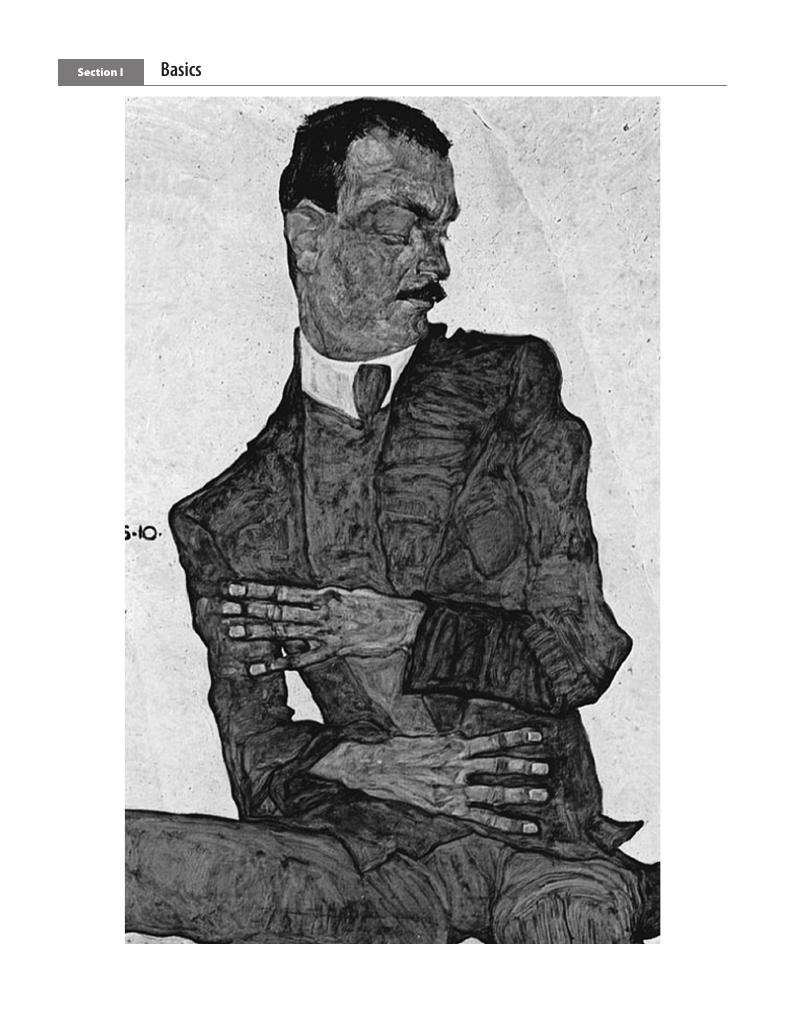Book contents
- Treatment of Dystonia
- Treatment of Dystonia
- Copyright page
- Contents
- Contributors
- Preface
- 1 Development of the Concept of Dystonia as a Disease, a Syndrome and a Movement Phenomenology
- Section I Basics
- Section II Botulinum Toxin Therapy
- Section III Musician’s Dystonia
- Section IV Psychogenic Dystonia
- Section V Treatment of Paediatric Dystonia
- Section VI Rehabilitation of Dystonia
- Section VII Pharmacotherapy for Dystonia
- Section VIII Surgical Treatment of Dystonia
- Section IX Deep Brain Stimulation for Dystonia
- Section X Emerging Therapies for Dystonia
- Section XI Future Trends in Dystonia Therapy
- Book part
- Index
- References
Section I - Basics
Published online by Cambridge University Press: 31 May 2018
- Treatment of Dystonia
- Treatment of Dystonia
- Copyright page
- Contents
- Contributors
- Preface
- 1 Development of the Concept of Dystonia as a Disease, a Syndrome and a Movement Phenomenology
- Section I Basics
- Section II Botulinum Toxin Therapy
- Section III Musician’s Dystonia
- Section IV Psychogenic Dystonia
- Section V Treatment of Paediatric Dystonia
- Section VI Rehabilitation of Dystonia
- Section VII Pharmacotherapy for Dystonia
- Section VIII Surgical Treatment of Dystonia
- Section IX Deep Brain Stimulation for Dystonia
- Section X Emerging Therapies for Dystonia
- Section XI Future Trends in Dystonia Therapy
- Book part
- Index
- References
Summary

- Type
- Chapter
- Information
- Treatment of Dystonia , pp. 7 - 96Publisher: Cambridge University PressPrint publication year: 2018



